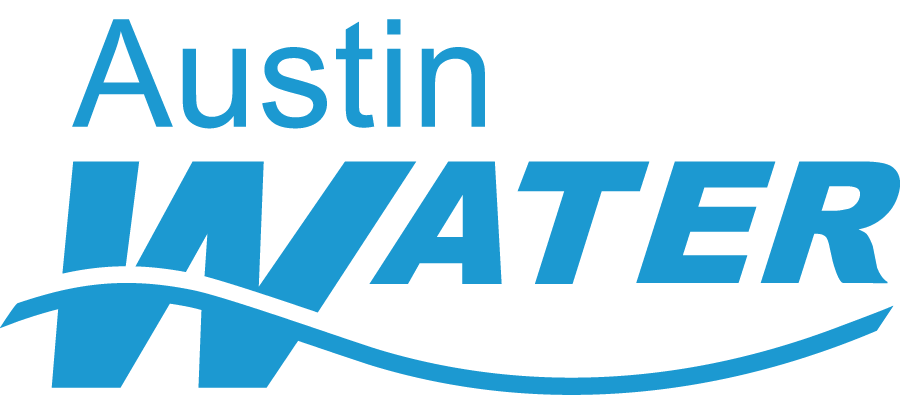More than 50 miles of reclaimed water runs in specially colored purple pipes beneath Austin streets, and that number continues to grow. Reclaimed water is recycled from wastewater generated by homes and businesses and treated for virtually any use not requiring higher-quality drinking water. Such uses may include irrigation, cooling towers, industrial uses, and toilet flushing.
Reclaimed water is less expensive to use or treat, and can be as little as one-third the price of drinking water. Users can see a reduction in water fees.
- Is reclaimed water safe?
-
Reclaimed water is highly treated wastewater effluent that is normally discharged into the Colorado River. Although reclaimed water is not approved for use in the drinking water supply, it meets over 90% of the criteria for drinking water. Reclaimed water is clear with no noticeable odor and is harmless to humans through normal contact. Austin's reclaimed water has passed all state and federal laws for non-potable use.
Reclaimed water customers are required to prevent backflows by installing a backflow prevention assembly on any drinking water system service line and some reclaimed water service lines. Reclaimed service lines for water demands that use any chemigation or fertigation are required to install a backflow prevention assembly. Read more about our backflow prevention program. In the United States, reclaimed water is always distributed via purple-colored pipes to distinguish it from drinking water. Learn more about testing requirements for reclaimed water.
- What is the reclaimed water treatment process?
-
Typically, the effluent of treated wastewater is discharged into the river. For reclaimed water, that wastewater effluent is further disinfected and filtered and then diverted into the centralized reclaimed water system to meet our community’s non-potable demands. Reclaimed water is treated to TCEQ Type I water quality standards.
- If my project is in the ETJ, is it required to connect to reclaimed?
-
If the project receives retail water service from Austin Water, the reclaimed connection mandate applies to the project.
- If my project receives retail service from a provider that is a wholesale customer of Austin Water, does the reclaimed mandate apply to my project?
-
No, if the project’s retail service provider is not Austin Water, the reclaimed connection mandate does not apply to the project.
- How is the distance from the reclaimed main measured?
-
Distance from reclaimed main is measured as the horizontal distance between the property boundary and reclaimed water line, measured based on the closest practicable access route.
- Are "future" or "proposed" reclaimed water extensions to be considered for the 500' distance requirement if the Site Development Plan (SDP) is submitted prior to the line being constructed?
-
Reclaimed connection for Site Development Plans that fall within this category may be considered voluntary, and be determined on a case-by-case basis.
- Does connecting to reclaimed water save money?
-
The rate for reclaimed water is lower than the potable water rate, so users may see a reduction in utility bills. Additionally, reclaimed meters are not charged impact fees.
- Are there any incentives for voluntary connection to reclaimed?
-
Yes, Austin Water offers a rebate of up to $100,000 for voluntary connections to reclaimed. The details are in this Reclaimed Water rebate document. (PDF 340 KB)
- Do I have to post signs if reclaimed water is used?
-
Although signs are only required at reclaimed water hose bibs, faucets, and storage tanks, Austin Water encourages customers to post signs indicating reclaimed water use.
- What if I don't have access to reclaimed water service at my location?
-
Austin Water has constructed reclaimed water bulk water facilities at several locations within the Austin area. Customers will have to set up a bulk-fill water account and will have the ability to haul reclaimed water from those dispensing stations to their final locations.
- I've heard about LEEDs points for flushing toilets with reclaimed water. What is this about?
-
Use of reclaimed water is a well-known water conservation effort that is eligible for LEEDs points. Some of the greenest buildings in Austin are now using reclaimed water to flush toilets and urinals. As this is fairly new, there are plumbing design elements (PDF 405 KB) that should be considered to make sure these fixtures function properly with reclaimed water.
- Would the Alternative Water Permit be a part of the Site Development Permit process, or the Building Permit process?
-
The permit application can be started at the site plan process. However, it will be needed with the building plan. Submitting it earlier will be better, especially if you are using an alternate method of compliance to figure the dye injection system.

